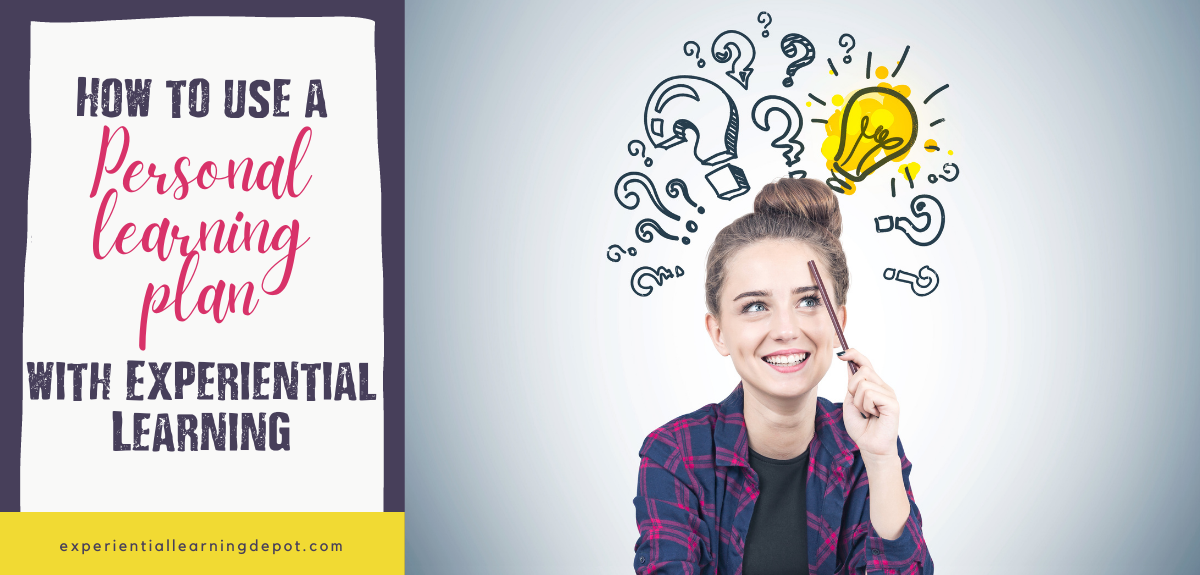
Personalized Learning Plans to Maximize Success

Personalized Learning Plans: Tailoring Education for Maximum Success
Education has traditionally followed a one-size-fits-all approach, delivering content and assessments to all students in a standardized format. However, in an increasingly diverse and complex world, this approach is no longer sufficient. Recognizing the unique needs and learning styles of each individual student is crucial for unlocking their full potential and maximizing their success. This is where personalized learning plans (PLPs) come into play.
What are Personalized Learning Plans?
PLPs are dynamic roadmaps that outline a student's educational journey, tailored specifically to their individual needs, strengths, weaknesses, interests, and goals. They are not static documents but rather living, breathing frameworks that evolve alongside the student's progress and changing circumstances.
Key Components of a Personalized Learning Plan:
- Assessment: The foundation of a successful PLP lies in a comprehensive assessment of the student's current skills, knowledge, and learning preferences. This can involve standardized tests, teacher observations, student self-reflection, and even digital tools that track learning patterns and progress.
- Goals and Objectives: Based on the assessment, clear and achievable goals are established, focusing on specific areas for development and mastery. These goals may be academic, social-emotional, or career-oriented, reflecting the student's individual aspirations.
- Learning Pathways: PLPs offer flexible pathways to achieve these goals. Students may engage in various learning modalities – independent study, group projects, online courses, hands-on experiences, mentorship programs – depending on their learning style and needs.
- Resources and Support: PLPs ensure access to the necessary resources, tools, and support systems to facilitate the student's learning journey. This can include access to learning materials, technology, mentors, tutors, and specialized programs.
- Continuous Monitoring and Evaluation: Regular monitoring and evaluation are essential to track progress, identify challenges, and adjust the plan accordingly. This ensures that the PLP remains relevant and effective throughout the student's educational journey.
Benefits of Personalized Learning Plans:
- Increased Engagement and Motivation: By catering to individual interests and needs, PLPs create a more engaging and motivating learning environment, fostering a sense of ownership and responsibility for learning.
- Improved Academic Performance: Addressing individual learning gaps and tailoring instruction allows students to progress at their own pace and reach their full potential.
- Enhanced Self-Confidence and Self-Efficacy: PLPs encourage students to take charge of their learning, building their confidence and self-belief in their abilities.
- Development of 21st Century Skills: PLPs emphasize critical thinking, problem-solving, collaboration, and communication skills, essential for navigating the modern world.
- Preparation for Future Success: By focusing on individual goals and passions, PLPs help students develop the skills and knowledge needed to pursue their desired career paths and contribute meaningfully to society.
Implementing Personalized Learning Plans:
- Collaboration is key: Successful implementation requires collaboration between teachers, parents, students, and administrators.
- Professional Development: Educators need adequate training and support to understand and implement effective PLPs.
- Technology Integration: Leveraging digital tools can greatly enhance the effectiveness of PLPs by providing personalized learning resources, tracking progress, and facilitating communication.
- Data-Driven Decision Making: Regularly collecting and analyzing data on student progress is essential for adapting and refining PLPs.
Challenges and Considerations:
- Time and Resource Constraints: Developing and implementing PLPs can be time-consuming and require significant resources, particularly in under-resourced schools.
- Differing Learning Styles and Needs: Catering to the unique needs of each student presents challenges in providing individualized support and instruction.
- Privacy and Data Security: Ensuring responsible data collection, storage, and use is paramount for protecting student privacy and fostering trust.
Conclusion:
Personalized learning plans represent a paradigm shift in education, moving away from standardized approaches to a more student-centered approach. By acknowledging the unique needs and potential of each student, PLPs empower them to take charge of their learning and reach their full potential. While challenges remain, the potential benefits of PLPs in enhancing student success, engagement, and preparation for the future make them a vital component of a truly equitable and effective education system. As technology advances and our understanding of learning deepens, PLPs have the potential to revolutionize the way we approach education, ensuring that every student has the opportunity to flourish and thrive.

